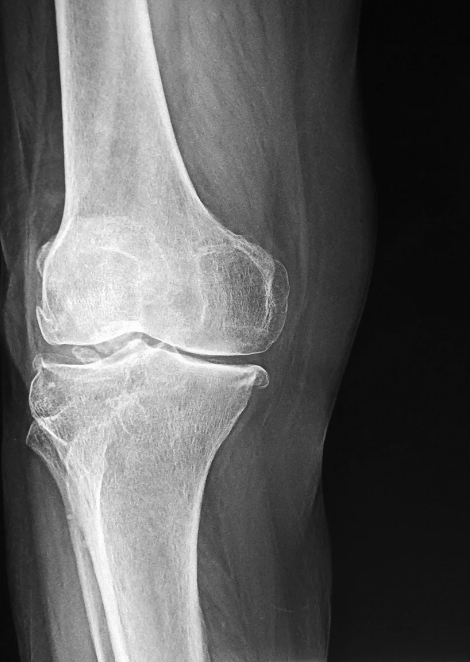PULSED RADIOFREQUENCY (RF)
Pulsed radiofrequency (RF) is a well-established treatment for joint and nerve pain. This procedure differs from radiofrequency neurotomy (RFN) treatment where the probe is heated. Pulsed RF treatment applies an intermittent electrical pulse to the probe, thereby avoiding heating the nerve. This minimises further nerve damage.
RF treatment doesn't cause weakness or loss of normal sensations, and has shown to reduce pain.
OVERVIEW
WHAT CONDITIONS DOES IT TREAT?
Pulsed RF can be used to treat
Radicular pain (neuropathic pain from the spine)
Occipital neuralgia (pain in the back of the head or based of the skull)
Post-surgical neuropathic pain
Suprascapular nerve for shoulder pain
Medial branch nerves for facet joint spinal pain
HOW SHOULD I PREPARE FOR THE PROCEDURE?
You should avoid eating or drinking for six hours prior to the procedure. We also advise that you have a responsible adult to look after you for the 24 hours following the procedure. During this 24 hours, you shouldn't drive, or make important decisions.
If you are diabetic or take blood-thinning medication, you should discuss this with the doctor.
WHAT HAPPENS DURING THE PROCEDURE?
RF treatment is performed under sterile conditions in an operating theatre using mild sedation and/or local anaesthetics.
Fluoroscopic x-ray guidance allows the operator to accurately position a needle (probe) near the site of the affected nerve or joint.
HOW WILL THE RF HELP?
A number of studies have been performed on the efficacy of RF treatment. Epidural Pulsed RF (PRF) can be used to treat radicular neuropathy at the dorsal nerve roots and dorsal root ganglia (DRG). Epidural placement means that treatments of multiple spine levels can be conducted via a single needle. It also means that nerves inaccessible due to normal anatomy, foraminal stenosis or hardware can be targeted as well. The temperature is controlled at 42 degrees celsius to limit thermal effects and ensure safety.
ARE THERE SIDE EFFECTS?
Like all procedures, RF treatment carries some risks, including:
Allergic reactions to the medications used in the procedure/sedation are possible but can be treated on the day: nausea is not uncommon following sedation.
Infection is extremely unlikely with the possibility minimised by the use of sterile techniques in an operating theatre. The needles are all disposable.
It is uncommon for even a day of work to be lost; however, if there was an infection or excessive pain, there is a possibility of some time off work.
WHAT TO EXPECT AFTER THE PROCEDURE?
Generally, you will be discharged from the hospital within two hours and may resume normal activities on the following day. Simple analgesics are often required for a few days. If you've been using stronger analgesics, you may require stronger analgesia for a few days.
MORE ON THE PAIN CHART
You should rate your pain between 0 and 10 before your injection, and after for 6 hours, firstly in 30 minute intervals and then hourly intervals. Ratings should be conducted in terms of movements and how you feel doing the things that most aggravate the pain.






